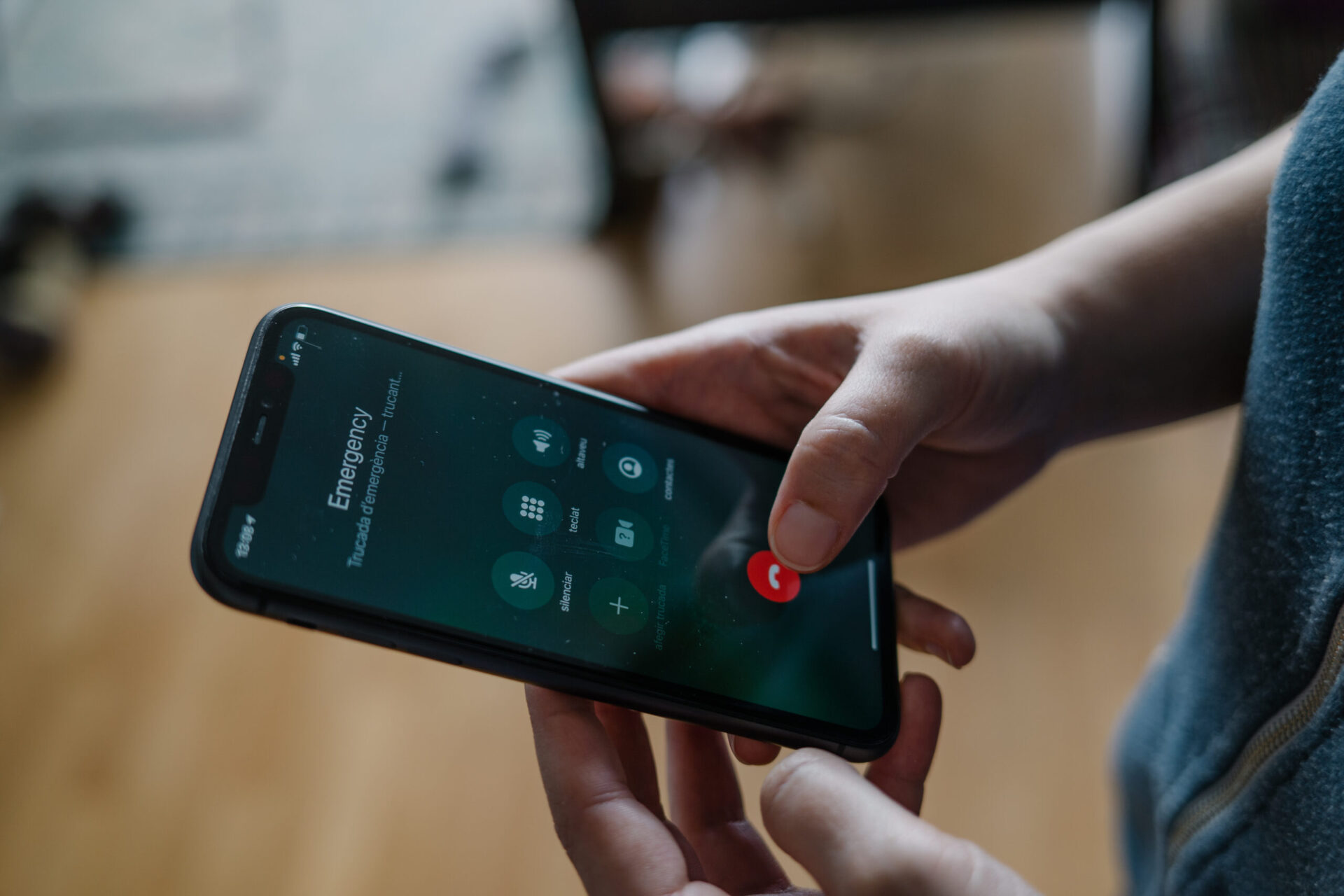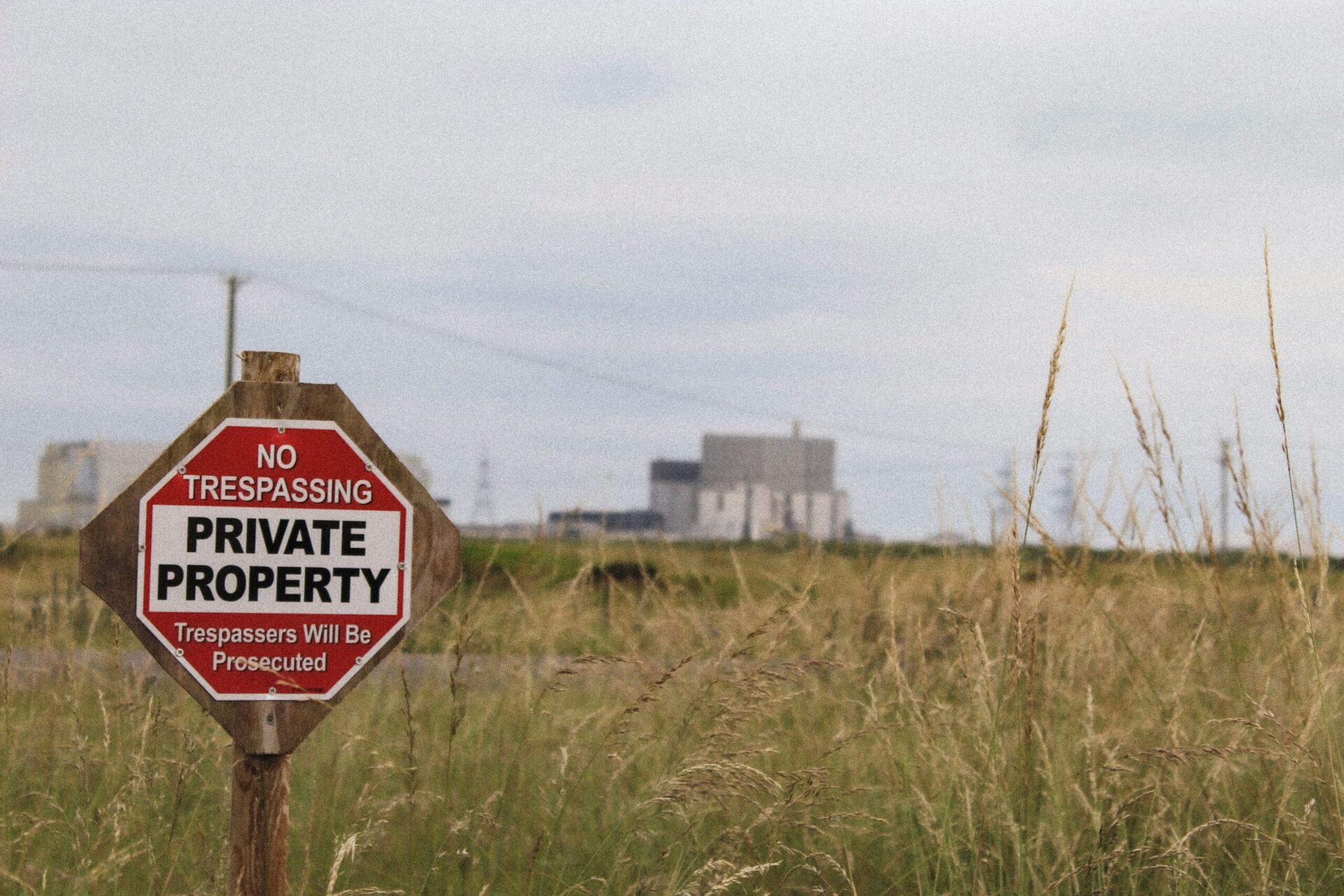How to Report an Incident: A Guide for Rural Albertans
In rural Alberta, where communities are spread out and law enforcement resources are often stretched thin, every citizen plays a crucial role in keeping our communities safe. Reporting suspicious activities and incidents promptly to the RCMP can make a significant difference in preventing crime and bringing criminals to justice. But how can you ensure that your report is as helpful as possible? Here’s what the RCMP asks of you when you’re reporting an incident.
Report Incidents Immediately
When you witness something suspicious or notice a crime in progress, it’s vital to report it to the police as soon as possible. Time is of the essence, and a quick report can lead to a faster response and potentially stop a crime before it escalates.
- Don’t Hesitate: Never hesitate to call the police, even if you’re worried that the issue may seem minor or that you’re bothering them. The RCMP takes all calls seriously and records all information provided. Your call could be the key to solving a larger problem.
- Multiple Calls Are Better Than None: Don’t assume someone else has already reported the incident. The RCMP would rather receive multiple reports about the same event than miss out on crucial information because everyone thought someone else would call.
Follow Instructions from the Dispatcher
When you call the RCMP, you’ll be connected to a call-taker or dispatcher. They will ask you for specific information and may give you instructions on what to do next. It’s important to follow these instructions carefully.
- Proven Safety Measures: The instructions given by the dispatcher are designed to keep you safe until help arrives. These procedures are based on proven methods and can significantly reduce the risk of harm to you and others involved.
How to Report Incidents Involving People
If you witness an incident involving a person or a group of people, providing detailed descriptions is crucial. The more information you can give, the better the chances of identifying and apprehending the individuals involved.
Key details to include:
- Ethnicity: Note the individual’s ethnic background.
- Height and Weight: Estimate their height and build (small, medium, large).
- Age: Approximate age range.
- Hair Color: Describe the color and length of their hair.
- Clothing: What were they wearing? Include colors, types of clothing (jacket, hat, etc.), and any logos or distinguishing features.
- Marks, Scars, Tattoos, Piercings: Any visible distinguishing marks or accessories.
- Weapons: If they had a weapon, what type was it?
- Alcohol/Drugs: Did they appear to be under the influence?
- Movement: Did they leave on foot or in a vehicle? Which direction did they go?
- Anything Else: Any other details that stood out to you.
How to Report Incidents Involving Vehicles
Vehicles can often be linked to criminal activity, so it’s essential to provide as much detail as possible if you see a suspicious vehicle.
Key vehicle descriptors to include:
- Color: What color was the vehicle?
- Make/Model: If you know, what make and model was the vehicle?
- Year: Approximate year if you can tell.
- Style: Was it an SUV, truck, car, hatchback, etc.?
- License Plate: Note the license plate number, even a partial plate can be helpful.
- Distinct Features: Were there any dents, broken windows, spoilers, tinted windows, or other distinguishing features?
- Number of Occupants: How many people were in the vehicle?
- Direction of Travel: Which direction did the vehicle go?
- Weapons: Did you see any weapons in or around the vehicle?
Your Role in Community Safety
By reporting incidents promptly and providing detailed information, you play an essential role in helping the RCMP keep your community safe. Remember, every bit of information helps, and your quick actions could prevent further crime or help solve an ongoing investigation.
Don’t underestimate the importance of your report. Whether you witness a crime or something that just seems out of place, the RCMP relies on vigilant citizens like you to help protect our rural communities.





